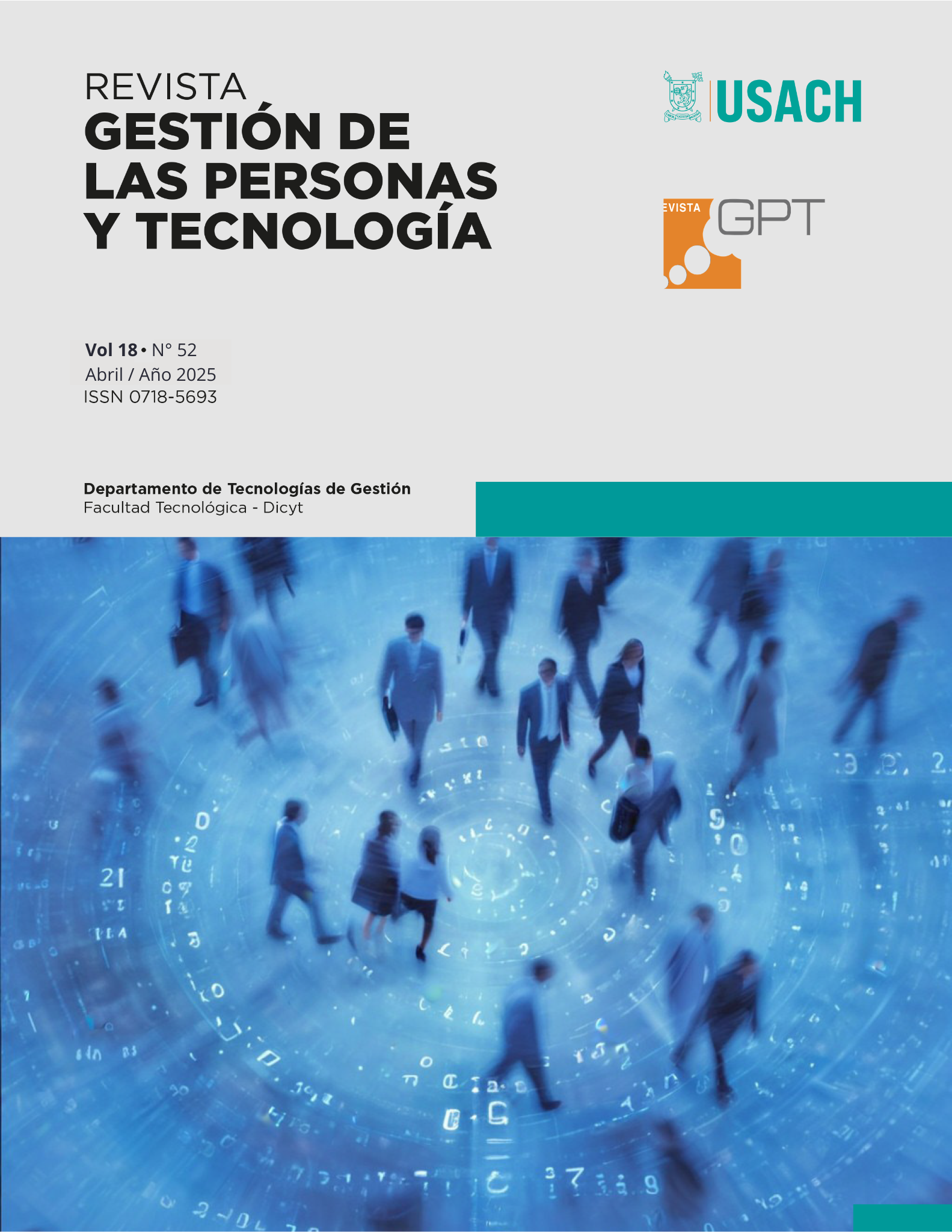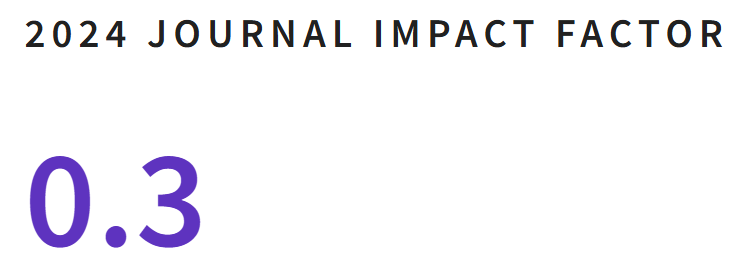Measuring access to digital technologies for higher education
DOI:
https://doi.org/10.35588/79tjs043Keywords:
ICT access, digital technologies, higher education, ICT useAbstract
The objective of this study is to characterize the access to digital technologies by students of a higher education institution in Colombia that offers academic programs under the virtual modality. To collect the information, 384 people linked to the university were surveyed. Laptop, fixed internet and smartphone were identified as the main digital tools used by students, which were compared by gender, finding similarities and differences that are presented in the document. Additionally, it was found that tablet, projector, audio equipment and voice assistant, are the devices with lower levels of access by respondents. These results can present a significant input for the development of programs and course plans, based on the tools that have greater accessibility by the population involved in the teaching-learning process
Downloads
References
Abdulrahim, H. y Mabrouk, F. (2020). COVID-19 and the Digital Transformation of Saudi Higher Education. Asian Journal of Distance Education, 15(1).
Adams Becker, S., Cummins, M., Davis, A., Freeman, A., Giesinger Hall, C., Ananthanarayanan, V., Langley, K., y Wolfson, N. (2017). NMC Horizon Report: 2017 Library Edition. Austin, Texas: The New Media Consortium. https://www.learntechlib.org/p/182005/
Anderson, T. y McGreal, R. (2012). Disruptive pedagogies and technologies in universities. Educational Technology and Society, 15(4).
Aresta, M., Pedro, L. y Santos, C. (2015). Mobile learning and higher education: A theoretical overview. Journal of Mobile Multimedia, 11(1–2).
Ávila-Fajardo, G., y Riascos-Erazo, S. (2011). Propuesta para la medición del impacto de las TIC en la enseñanza universitaria. Educación y Educadores, 14(1), 169-188. http://www.scielo.org.co/scielo.php?script=sci_arttext&pid=S0123-12942011000100010&lng=en&tlng=es
Balakrishnan, V. y Gan, C. L. (2016). Students’ learning styles and their effects on the use of social media technology for learning. Telematics and Informatics, 33(3). https://doi.org/10.1016/j.tele.2015.12.004
Beetham, H. y Sharpe, R. J. (2013). Rethinking pedagogy for a digital age: Designing for 21st Century Learning. Routledge eBooks. https://doi.org/10.4324/9780203078952
Bullen, M. y Morgan, T. (2015). Digital Learners in Higher Education: Implications for Teaching, Learning & Technology. En Gisbert & Bullen (Ed), Teaching and Learning in Digital Worlds. Tarragona: Publicacions URV.
Bryant, P. (2017). It Doesn’t Matter What Is in Their Hands: Understanding How Students Use Technology to Support, Enhance and Expand Their Learning in a Complex World. International Conference Educational Technologies 2017.
Li, C. y Lalani, F. (2021). The COVID-19 pandemic has changed education forever. This is how. World Economic Forum.
Chen, P. S. D., Lambert, A. D. y Guidry, K. R. (2010). Engaging online learners: The impact of Web-based learning technology on college student engagement. Computers and Education, 54(4). https://doi.org/10.1016/j.compedu.2009.11.008
Cohen, A. y Baruth, O. (2017). Personality, learning, and satisfaction in fully online academic courses. Computers in Human Behavior, 72. https://doi.org/10.1016/j.chb.2017.02.030
Cohen, A., Soffer, T. y Henderson, M. (2022). Students’ use of technology and their perceptions of its usefulness in higher education: International comparison. Journal of Computer Assisted Learning, 38(5). https://doi.org/10.1111/jcal.12678
Cohen, J. (1988). Statistical power analysis for the behavioral sciences (2nd ed.). Lawrence Erlbaum Associates.
DataReportal. (2024, February 23). Digital 2024: Colombia. DataReportal. https://datareportal.com/reports/digital-2024-colombia
Goodfellow, R. y Lea, M. (2009). Academic Literacies in the Digital University. In Literacy in the Digital University. Seminar One October 16th 2009 Edinburgh University. https://oro.open.ac.uk/25393/2/3476C53.pdf
Han, I. y Shin, W. S. (2016). The use of a mobile learning management system and academic achievement of online students. Computers and Education, 102. https://doi.org/10.1016/j.compedu.2016.07.003
Henderson, M., Selwyn, N. y Aston, R. (2017). What works and why? Student perceptions of ‘useful’ digital technology in university teaching and learning. Studies in Higher Education, 42(8). https://doi.org/10.1080/03075079.2015.1007946
Henderson, M., Selwyn, N., Finger, G. y Aston, R. (2015). Students’ everyday engagement with digital technology in university: exploring patterns of use and ‘usefulness.’ Journal of Higher Education Policy and Management, 37(3). https://doi.org/10.1080/1360080X.2015.1034424
Henrie, C. R. (2016). Measuring Student Engagement in Technology-Mediated Learning Environments. (Dissertation Doctor Degree, Brigham Young University). ProQuest Dissertations and Theses.
Kennedy, M. y Dunn, T. J. (2018). Improving the use of technology enhanced learning environments in higher education in the UK: A qualitative visualization of students’ views. Contemporary Educational Technology, 9(1). https://doi.org/10.30935/cedtech/6212
Losh, E. (2018). Gaining Ground in the Digital University. In The War on Learning. The MIT Press. https://doi.org/10.7551/mitpress/9861.003.0011
Ministerio de Tecnologías de la Información y Comunicación. (2024). Estadísticas TIC Trimestre 1 2024. ColombiaTIC. https://colombiatic.mintic.gov.co/679/w3-propertyvalue-754338.html
Pinto, M. y Leite, C. (2020). Digital technologies in support of students learning in higher education: Literature review. Digital Education Review, 37. https://doi.org/10.1344/DER.2020.37.343-360
Pedro, L., Barbosa, C. y Santos, C. (2018). A critical review of mobile learning integration in formal educational contexts. International Journal of Educational Technology in Higher Education, 15. https://doi.org/10.1186/s41239-018-0091-4
Pechenkina, E. y Aeschliman, C. (2020). What Do Students Want? Making Sense of Student Preferences in Technology-enhanced Learning. Contemporary Educational Technology, 8(1). https://doi.org/10.30935/cedtech/6185
Rashid, T. y Asghar, H. M. (2016). Technology use, self-directed learning, student engagement and academic performance: Examining the interrelations. Computers in Human Behavior, 63. https://doi.org/10.1016/j.chb.2016.05.084
Ruz-Fuenzalida, C. (2021). Educación virtual y enseñanza remota de emergencia en el contexto de la educación superior técnico-profesional: posibilidades y barreras. Revista Saberes Educativos, 6. https://doi.org/10.5354/2452-5014.2021.60713
Sapién, A. L., Piñón, L. C., Gutiérrez, M. del C. y Bordás, J. L. (2020). La educación superior durante la contingencia sanitaria covid-19: uso de las TIC como herramientas de aprendizaje. Caso de estudio: alumnos de la Facultad de Contaduría y Administración. Revista Latina de Comunicación Social, (78), 309-328.
Selwyn, N. (2014). Digital technology and the contemporary university: Degrees of digitization. In Digital Technology and the Contemporary University: Degrees of Digitization. London: Routledge. https://doi.org/10.4324/9781315768656
Siemens, G. y Tittenberger, P. (2009). Handbook of Emerging Technologies for Learning. New York: Image Rochester.
Soffer, T. y Cohen, A. (2015). Implementation of tel aviv university MOOCs in academic curriculum: A pilot study. International Review of Research in Open and Distance Learning, 16(1). https://doi.org/10.19173/irrodl.v16i1.2031
Stevenson, M. E. y Hedberg, J. G. (2017). Mobilizing learning: a thematic review of apps in K-12 and higher education. Interactive Technology and Smart Education, 14(2). https://doi.org/10.1108/ITSE-02-2017-0017
Downloads
Submitted
2024-12-12Published
Issue
Section
License
Copyright (c) 2025 People and Technology Management Journal

This work is licensed under a Creative Commons Attribution 4.0 International License.










